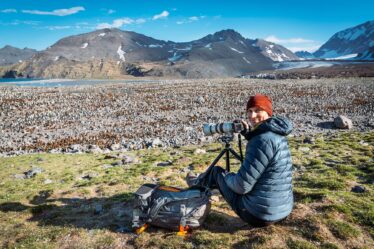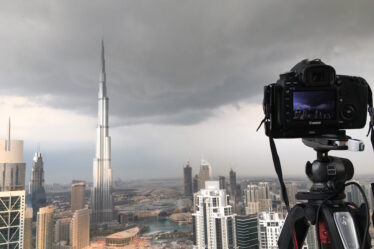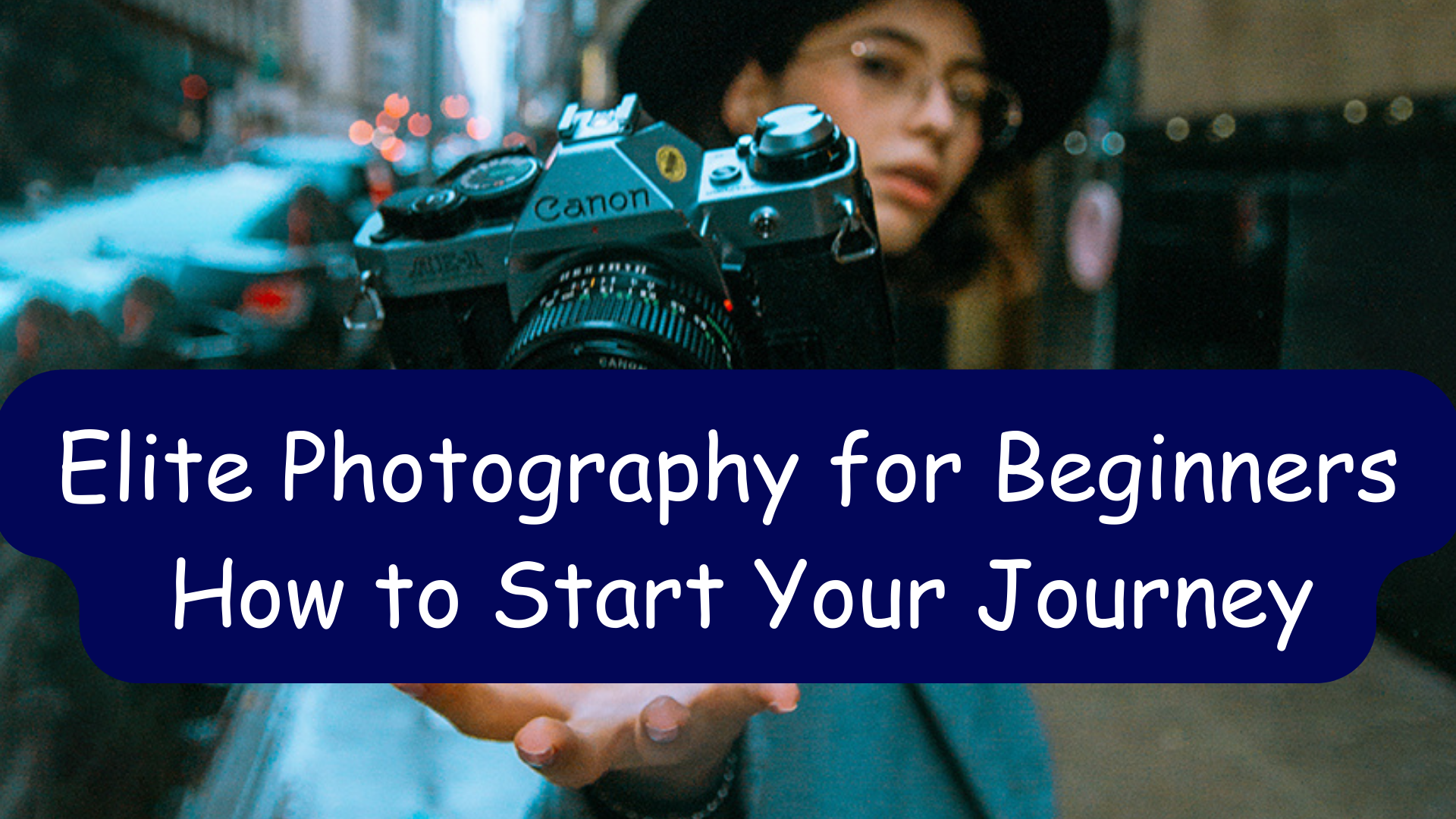
Photography is an art form that can be appreciated by everyone. It allows us to capture moments and memories that we can revisit and share with others. However, taking great photos is not always easy. It takes time, practice, and a little bit of know-how to create truly stunning images. This is where elite photography comes in. Elite photography is a style of photography that is characterized by its high level of technical skill, attention to detail, and artistic creativity. In this article, we will explore how beginners can start their journey into elite photography.
Table of Contents
Understanding the basics of photography
Before you can start creating elite photos, you need to understand the basics of photography. This includes understanding concepts such as shutter speed, aperture, ISO, and composition. Shutter speed refers to the amount of time that the camera’s shutter is open, which affects the amount of light that enters the camera. Aperture refers to the size of the opening in the lens, which affects the depth of field and the amount of light that enters the camera.
ISO refers to the sensitivity of the camera’s sensor to light, which affects the amount of noise in the image. Composition refers to the arrangement of visual elements in the image, such as the placement of the subject and the use of lines, shapes, and colors.
Choosing the right camera and lens
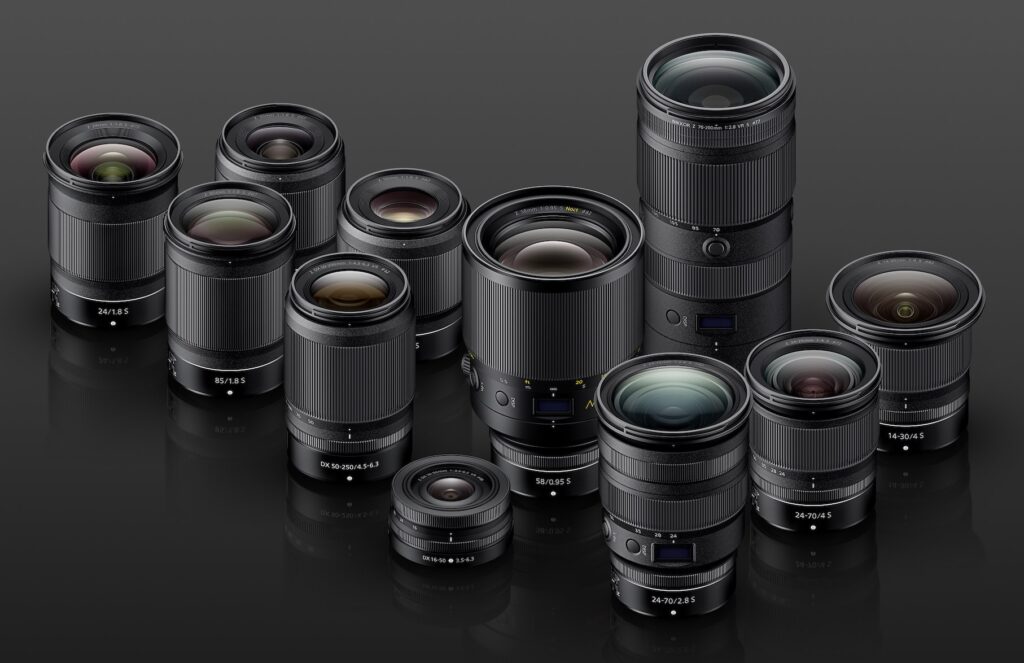
One of the keys to elite photography is having the right equipment. While it is possible to take great photos with any camera, having a high-quality camera and lens can make a big difference. When choosing a camera, look for one that has a large sensor, good low-light performance, and manual controls. When choosing a lens, consider the focal length and the maximum aperture. A wide-angle lens is great for landscapes and architecture, while a telephoto lens is great for portraits and wildlife photography.
Mastering exposure and lighting
Exposure and lighting are two of the most important factors in creating great photos. Exposure refers to the amount of light that enters the camera, and it is controlled by the shutter speed, aperture, and ISO. To create the right exposure, you need to balance these three settings. Lighting refers to the quality, direction, and intensity of the light in the scene. To create great lighting, you need to understand how to use natural light, artificial light, and modifiers such as reflectors and diffusers.
Developing your creative vision
Elite photography is not just about technical skill; it is also about creativity and artistic vision. To develop your creative vision, start by studying the work of other photographers and artists. Look for inspiration in books, magazines, and online galleries. Experiment with different techniques and styles, and don’t be afraid to take risks and try new things. Remember that the best photos are often the ones that are unique and personal.
Learning post-processing techniques
Post-processing is the process of editing and enhancing your photos after you have taken them. While it is important to get the exposure and lighting right in the camera the post-processing can take your photos to the next level. There are many different post-processing techniques, including adjusting exposure, contrast, and color, removing unwanted elements, and adding creative effects. To learn these techniques, you can take online courses, read tutorials, and practice with photo editing software such as Adobe Photoshop or Lightroom.
Building a portfolio and sharing your work
Once you have started creating elite photos, it is important to build a portfolio and share your work with others. A portfolio is a collection of your best photos that showcases your style and creativity. You can build a portfolio online using platforms such as Flickr or 500px, or you can create a physical portfolio using printed photos. Sharing your work with others can help you get feedback and recognition, as well as connect you with other photographers and potential clients. You can share your work on social media platforms such as Instagram and Facebook, or enter your photos into photography contests and exhibitions.
Networking with other photographers
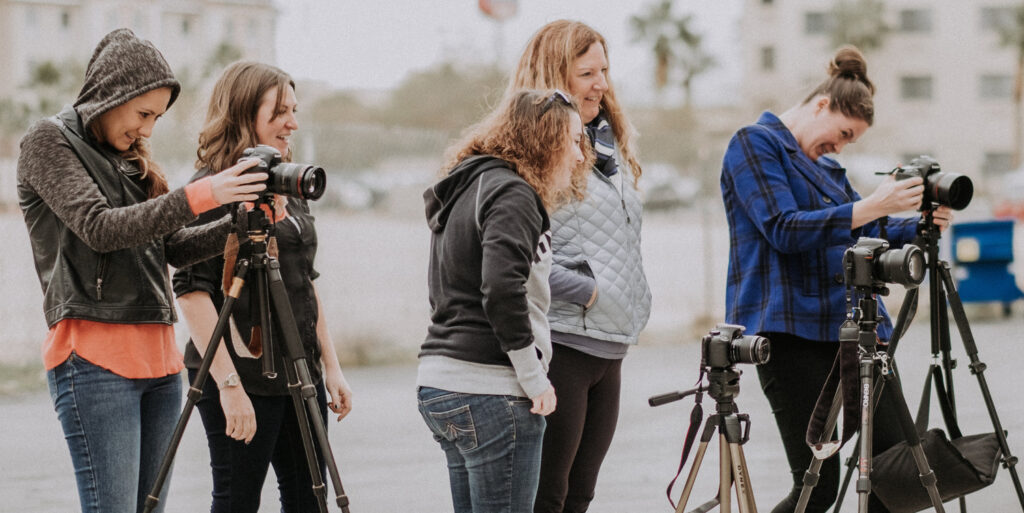
Networking with other photographers is a great way to learn new techniques, get feedback on your work, and connect with potential clients. You can join photography clubs and organizations, attend photography workshops and events, and participate in online photography communities. Networking can also lead to collaborations and opportunities for professional growth.
Finding your niche

As you continue to develop your skills and build your portfolio, you may find that you have a particular interest or passion within the field of photography. This can be anything from landscape photography to portrait photography to documentary photography. Finding your niche can help you focus your creative vision and attract clients who are interested in your specific style and expertise.
Investing in ongoing education and training
Elite photography is a field that is constantly evolving, with new techniques, equipment, and software being developed all the time. To stay at the top of your game, it is important to invest in ongoing education and training. This can include taking workshops and courses, attending conferences and events, and practicing regularly. By staying up-to-date with the latest trends and techniques, you can continue to improve your skills and create even more stunning photos.
Pursuing your passion
Above all, elite photography is a pursuit of passion. It is a field that requires dedication, hard work, and a deep love for the art of photography. Whether you are a beginner just starting or an experienced professional, the most important thing is to keep pursuing your passion and never stop learning and growing.
In conclusion, elite photography is a style of photography that requires a high level of technical skill, artistic creativity, and dedication. As a beginner, it is important to start by understanding the basics of photography, choosing the right equipment, and mastering exposure and lighting. From there, you can develop your creative vision, learn post-processing techniques, and build a portfolio to showcase your work. By networking with other photographers, finding your niche, and investing in ongoing education and training, you can continue to improve your skills and pursue your passion for elite photography.

